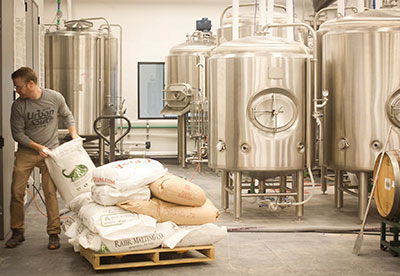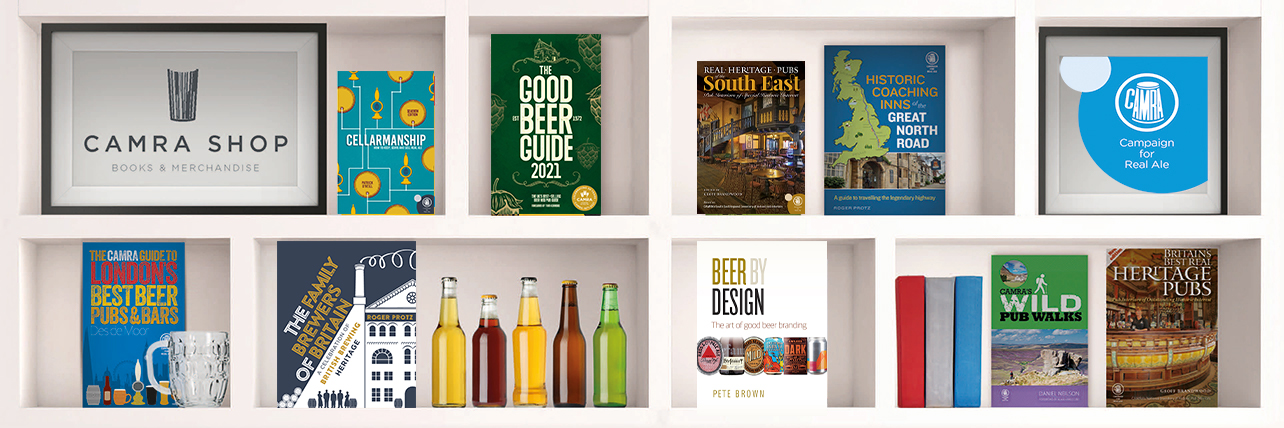Learn & Discover
Learn & Discover
Kettle Souring
If you’ve visited a pub, bar or brewery taproom that serves craft beer, you may have seen the beers described as ‘kettle sour’ on the menu. But what exactly is a kettle sour? And what should you expect if you order one? In this technical and sensory guide Ruvani de Silva explains what kettle-souring is, how it differs from how traditional sour beers are made, why a brewer might choose to kettle-sour and she expalins its impact on flavour, while providing examples of US and UK breweries implementing the technique to great effect.
Ruvani de Silva
Ruvani brings a unique voice to the world of craft beer. A travel-loving beer writer, with a host of bylines, Ruvani blogs about beer in Central Texas and beyond, as Craft Beer Amethyst. A vocal advocate for diversity, equity and inclusion in beer.
Kettle Souring
If you’ve visited a pub, bar or brewery taproom that serves craft beer, you may have seen the beers described as ‘kettle sour’ on the menu. But what exactly is a kettle sour? And what should you expect if you order one? In this technical and sensory guide Ruvani de Silva explains what kettle-souring is, how it differs from how traditional sour beers are made, why a brewer might choose to kettle-sour and she expalins its impact on flavour, while providing examples of US and UK breweries implementing the technique to great effect.
Ruvani de Silva
A travel-loving beer writer, Ruvani blogs about beer in Central Texas and beyond, as Craft Beer Amethyst.
What is kettle souring?
A ‘kettle sour’ beer is a beer that has been made sour by the brewer adding lactobacillus — the primary probiotic bacteria that is used to make beer sour — to the wort before the start of the boil. This is a relatively modern method of souring that is very quick, and offers the brewer a significant degree of control over the level of sourness.
The term ‘kettle souring’ refers to the process by which the beer is made sour — it is not a style of beer. This process can be applied to most beer styles, making it a swift and adaptable way to brew sour beers, and ideal for brewers who are keen to experiment with sour versions of different beer styles. Without kettle souring we would not have Sour IPAs, Sour Stouts or Milkshake Sours.
While traditional sour beers are aged in wooden barrels allowing yeasts and bacteria to slowly, naturally change their flavour, kettle sours are created by a controlled infection of lactobacillus which is killed off in the boil once the beer has reached the brewer’s desired level of sourness. Think of kettle souring as the ‘nurture’ to the ‘nature’ of Belgian spontaneous-fermentation sours.
What is kettle souring?
If you’ve visited a pub, bar or brewery taproom that serves craft beer, you may have seen the beers described as ‘kettle sour’ on the menu. But what exactly is a kettle sour? And what should you expect if you order one?
A ‘kettle sour’ beer is a beer that has been made sour by the brewer adding lactobacillus, the primary probiotic bacteria that is used to make beer sour, to the wort while it is still in the steel mash tun (the ‘kettle’). This is a relatively modern method of souring that is very quick, and offers the brewer a significant degree of control over the level of sourness..
The term ‘kettle souring’ refers to the process by which the beer is made sour — it is not a style of beer. This process can be applied to most beer styles, making it a swift and adaptable way to brew sour beers, and ideal for brewers who are keen to experiment with sour versions of different beer styles. Without kettle souring we would not have Sour IPAs, Sour Stouts or Milkshake Sours.
While traditional sour beers are aged in wooden barrels allowing yeasts and bacteria to slowly, naturally change their flavour, kettle sours are created by a controlled infection of lactobacillus which is killed off in the boil once the beer has reached the brewer’s desired level of sourness. Think of kettle souring as the ‘nurture’ to the ‘nature’ of Belgian spontaneous-fermentation sours.
How to Kettle-Sour a beer
To kettle sour a beer, a brewer will add lactobacillus into the wort after the mash but before the boil. This is the probiotic bacteria that you find in Greek yoghurt, and adds this same tangy sharp lemony tartness to the beer. The beer will be stored at a warm temperature (110–120°F/43–49°C) for 1-3 days before returning it to the brewing process and beginning the boil. The rest of the brew will proceed as normal, with any excess lactobacillus boiled off to prevent spoilage. It is important to keep the beer at a stable temperature during the lactic fermentation, using an electric blanket or water bath, and to prevent the wort coming into excess contact with the air, which may carry unwanted microbes – carbon dioxide or nitrogen can be used to flush the air away from the beer. Home-brewers can re-use wort samples from previous batches in the same way bakers use a sourdough starter.





